We have seen in the “HUMIDITY / DAMAGE THAT IT CAUSES” section which are the most common problems that occur in buildings: accumulation and crystallization of salts for the transport of contaminants from moist soils, detachment of the plaster, the presence of biodeteriogens (mosses, lichens) in the external walls, presence of mold in the internal ones, condensation in the cold and poorly insulated walls, water infiltrations for multiple reasons due to both the decay of the structures and accidental causes. Therefore, even if we focus only on the most recurrent, there are many potential problems and their recognition is very complicated.
The correct approach to solve the various problems caused by humidity in buildings is to analyze the manifestations of degradation with great rigor and understand what are the reasons, single or related, that are causing the decay.
Especially in the case of a chain of causes, the diagnostic investigation can be very complex and for these reasons it must be conducted on the basis of a precise assessment plan by professionals in the sector, with the help of professional tools.
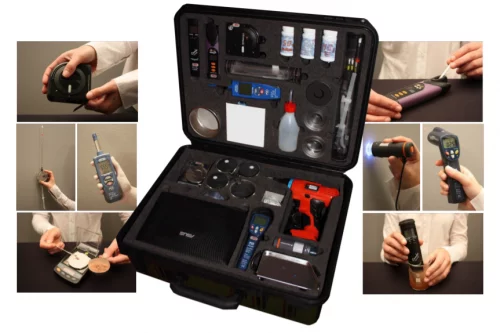
To measure the humidity in a wall or plaster there are two different methods of approach:
- Qualitative method,in which the presence of humidity and its concentration is determined.
- Quantitative method,in which the quantity of moisture from the sample taken is exactly measured.
Based on the international standards ISO 9001:2015 and UNI there are two types of investigations to be conducted:
- Non-destructive investigations,those with which nothing of the masonry is broken or removed.
- Invasive investigations, those with which you must necessarily take plaster or other samples, make holes in the wall, etc.
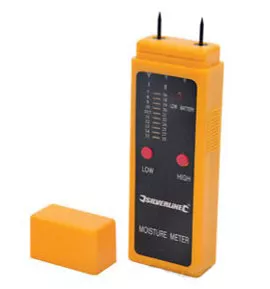
CONTACT MOISTURE METER
- It measures humidity instantly, by contact with the surface to be analyzed.
- Humidity is calculated as a function of the electrical resistance offered by the masonry between two electrodes.
- It is a not very precise test, but it is rapid and non-destructive; it is the most used tool on site.
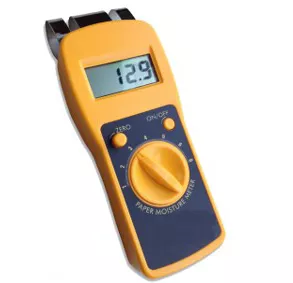
HIGH FREQUENCY MOISTURE METER
- It is an advanced technology recently introduced on the market, based on the examination of inductive electromagnetic waves.
- It allows a precise estimate of humidity up to a depth of over 50 millimeters!
- Allows instantaneous and non-invasive measurement (without drilling the wall).
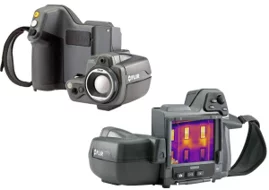
INFRARED CAMERA
- It measures the temperature of the masonry thanks to infrared radiation.
- Humidity is calculated as a function of the surface temperatureof the building body.
- It is the most sophisticated (and expensive) instrument but allows you to accurately perform “complete” investigations on entire walls in a short time.
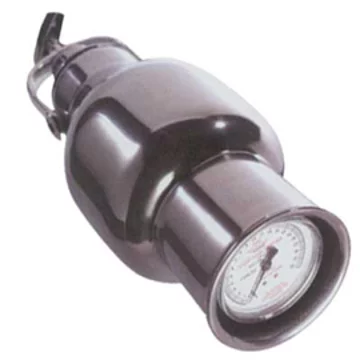
CARBIDE HYGROMETER
- Based on the reaction between Calcium Carbide (CaC2) and water (rapid release of acetylene).
- Humidity is estimated based on the pressure developedby the chemical reaction of the reagent with the water contained in the masonry.
- It is a precise test, but it is laborious and “destructive” (you must physically take a sample from the masonry, insert it in the tool and crush it).
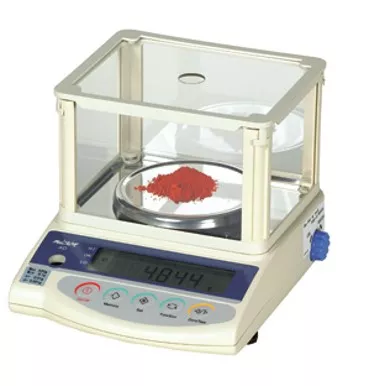
PONDERAL METHOD
- It measures the actual humidity by analyzing the difference in weight between a wet sample and the perfectly dried sample itself.
- It allows an absolute and very precise measurement, at any depth, even in the center of the wall.
- It is the most reliable technology among those on the market, but it requires taking a sample on site (destructive measurement).